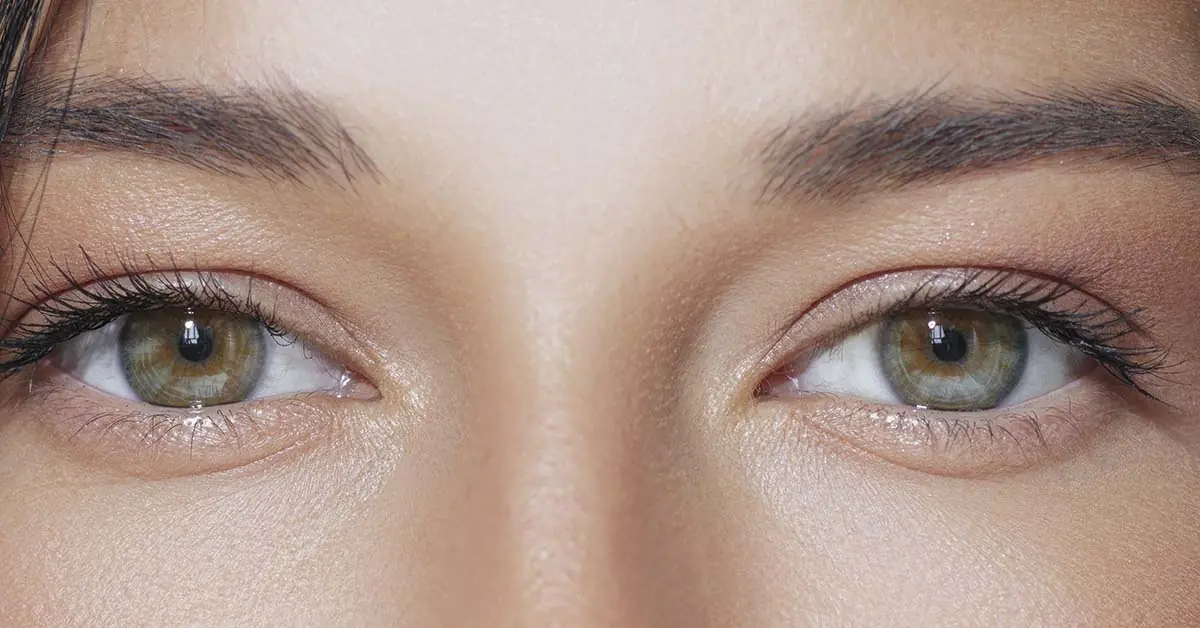
This Is How Long It Takes Your Liver to Return to Normal From Drinking
Your liver isn’t lounging around doing nothing all day. This powerhouse organ performs over 500 functions daily. It’s your personal detox center, energy storage facility, and chemical processing plant rolled into one biological machine. Your liver filters toxins, breaks down fats, and produces clotting factors that help your blood thicken and stop bleeding when you’re injured. When you drink alcohol, your liver drops everything to process this toxic substance. It’s pulling double shifts every time you crack open a drink. Over time, this constant overwork can damage this vital organ. So, how long does it take for your liver to heal after drinking? Your liver forgives easily and heals quickly once you give it a break.
The First 24 Hours: Your Liver’s Sigh of Relief
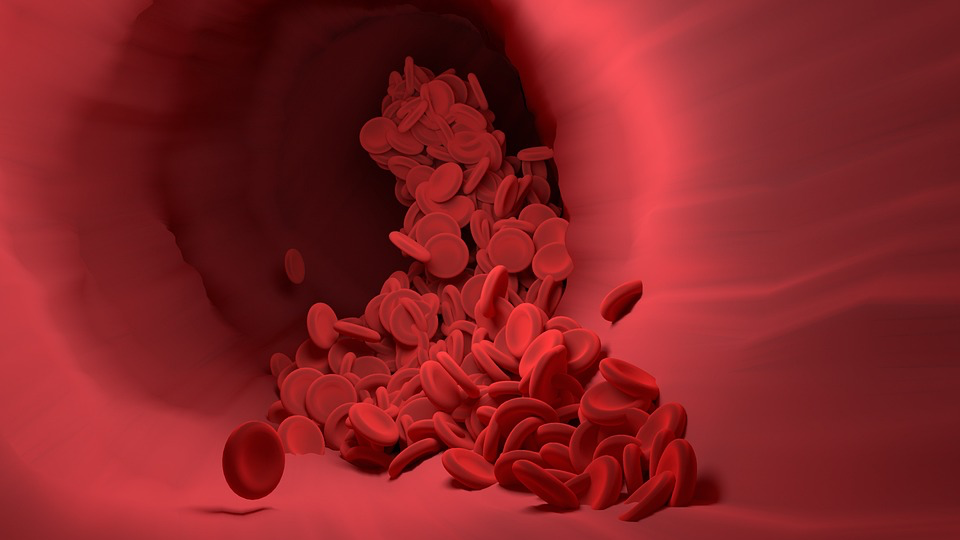
What happens in those first crucial 24 hours after your last drink? Your liver exhales with relief. No more alcohol means no more emergency mode. Within hours, inflammation markers start dropping, and your liver cells can now focus on regular duties instead of damage control. You won’t feel dramatically different yet, but inside your body, the healing process has begun. Your liver starts ramping up natural repair mechanisms, switching from crisis management back to normal operations. Blood flow improves, cellular stress decreases, and your liver begins assessing alcohol-related damage.
Day Seven: The System Reboot

By day seven, you’ll wonder if someone upgraded your internal operating system. Sleep quality often improves significantly because your liver isn’t working overtime processing alcohol toxins that disrupt your sleep cycles. Many people fall asleep faster and stay asleep longer. Your liver’s natural rhythms sync back up with your body clock. Energy levels spike since your liver efficiently converts stored glycogen into usable glucose. Inflammation continues dropping, reducing that general “blah” feeling many drinkers know oh so well. Your digestive system usually starts workingcorrectly again, reducing bloating and stomach discomfort.
Day 14: Fat Deposits Pack Their Bags
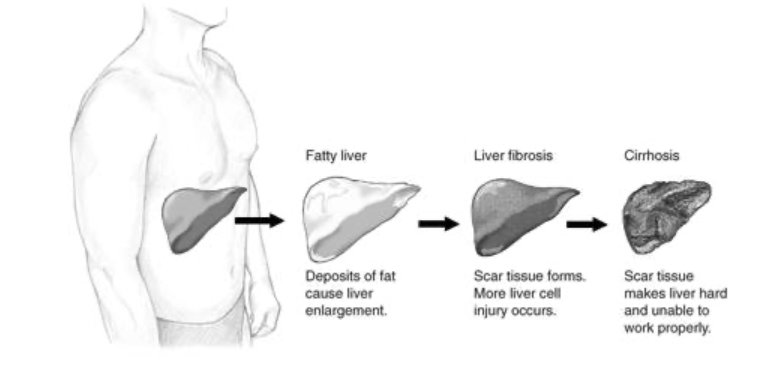
At two weeks, fatty deposits in your liver may begin to slowly clear out. Alcoholic fatty liver disease, the most common alcohol-related damage, often shows early signs of improvement by this point. Your liver’s lipid metabolism returns to normal, meaning better nutrient absorption and more efficient energy production. Blood tests typically show liver enzymes like ALT and AST starting their journey toward normal ranges, showing how your liver begins its recovery process after you stop drinking. Your liver spent months accumulating fat, and now it’s ready for spring cleaning.
One Month Mark: Everything’s Different

Thirty days alcohol-free marks a major victory. If your liver was enlarged from alcohol use, the swelling has likely decreased substantially. Blood work often shows noticeable improvements in liver enzymes, sometimes surprising both patients and doctors. You’re probably feeling like a different person. Energy stabilizes, brain fog lifts, and that weird afternoon crash often becomes history. Your immune system gets a boost since your liver can properly produce immune-supporting proteins instead of being stuck in perpetual detox mode.
90 Days Later: Full Recovery for Your Liver After Stopping Drinking

Welcome to what recovery experts call the “transformation zone.” By month three, your liver has typically shed much excess fat, inflammation has dropped significantly, and cellular repair is in full swing. This is when people often experience what feels like a complete health makeover. Skin may clear up, energy becomes more consistently high, and mental sharpness often returns. Your liver’s protein production reaches closer to normal levels, meaning better muscle recovery and improved wound healing. Blood pressure frequently normalizes since your liver can properly regulate fluid balance.
Six Months to One Year: Patience Pays Off
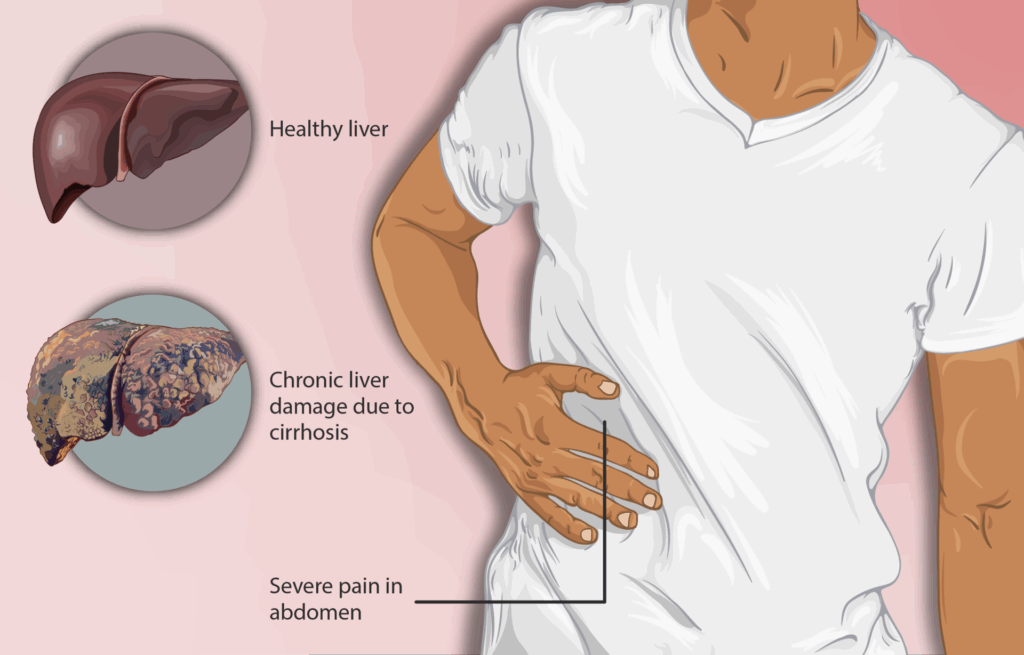
Patience becomes your best friend during this extended phase. While dramatic improvements might slow, your liver continues careful repair work behind the scenes. Some scar tissue may begin improving, though severe scarring takes much longer and sometimes never fully resolves. Your risk of serious liver disease drops considerably. Many discover their alcohol tolerance has completely changed, and even small amounts now affect them differently. This extended healing proves sobriety isn’t just about stopping drinking; it’s allowing your body time to rebuild from the ground up.
What Determines Your Liver Recovery Speed After Stopping Drinking?

Not everyone heals at the same pace, and that’s perfectly normal. Your timeline depends on several key factors. How much did you drink? Daily heavy drinking typically creates more damage than weekend binges. Duration matters too; decades of heavy drinking usually need more healing time than shorter histories. Age plays a role since younger livers often bounce back faster, though older adults can achieve remarkable recoveries. Overall health, including nutrition, exercise, and conditions like diabetes, impacts healing speed. The encouraging part? Improvement begins immediately when you stop drinking, regardless of your starting point.
Reading Your Body’s Recovery Signals

Your body broadcasts healing progress through unmistakable signals. Sleep quality often improves first, transforming restless nights into deep, restorative sleep that leaves you refreshed. Energy typically stabilizes and increases, replacing alcohol’s roller coaster of fatigue and artificial alertness. Skin often becomes clearer and more vibrant as your liver efficiently filters toxins. Digestive issues like bloating and acid reflux usually resolve as your liver produces adequate bile and digestive enzymes. Mental clarity frequently sharpens with improved focus, better memory, and enhanced decision-making.
When Damage Runs Deep (But Hope Remains)
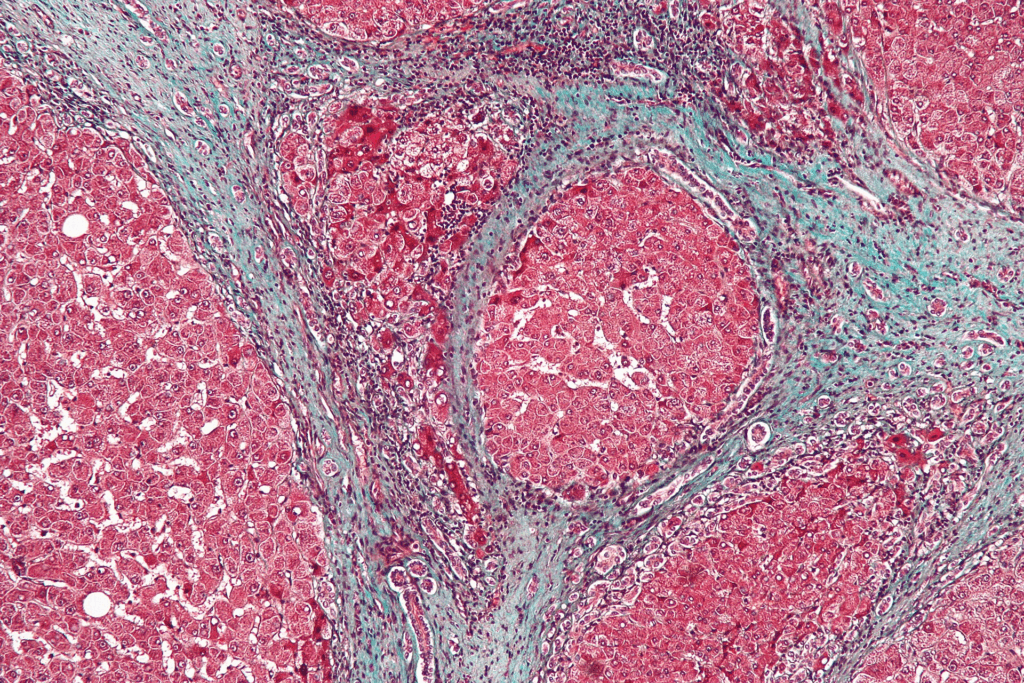
Sometimes alcohol leaves lasting marks, and that’s worth acknowledging. Advanced scarring often can’t be completely reversed, particularly when healthy tissue has been extensively replaced by scar tissue. However, even people with considerable damage benefit enormously from sobriety. Stopping drinking prevents further deterioration and allows the remaining healthy tissue to function optimally. Regardless of damage extent, sobriety always helps because after you stop drinking, your liver does take time to heal, but how long it takes varies for everyone. Your liver’s remarkable ability to repair means improvement is possible even in challenging circumstances.
News in the same category

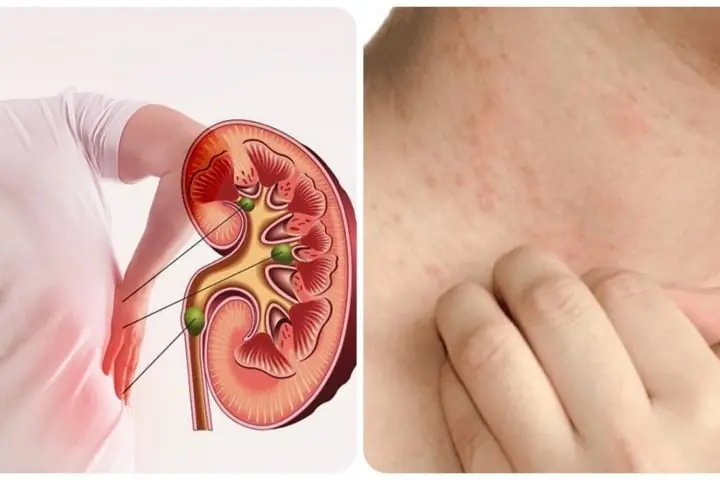
Clear Signs of Kidney Failure Everyone Should Pay Attention To
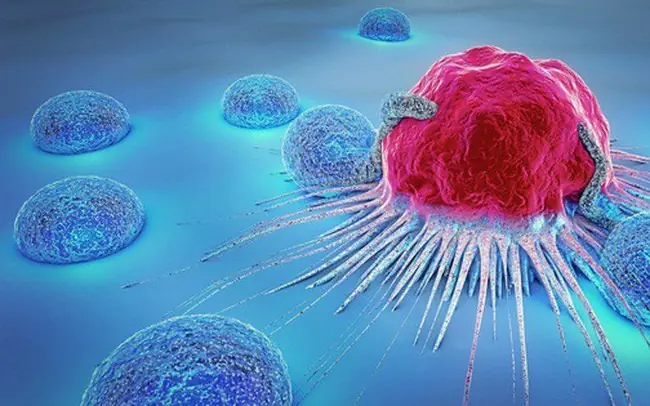
5 Typical Early Symptoms of Childhood Cancer: When to Take Your Child to the Hospital Immediately
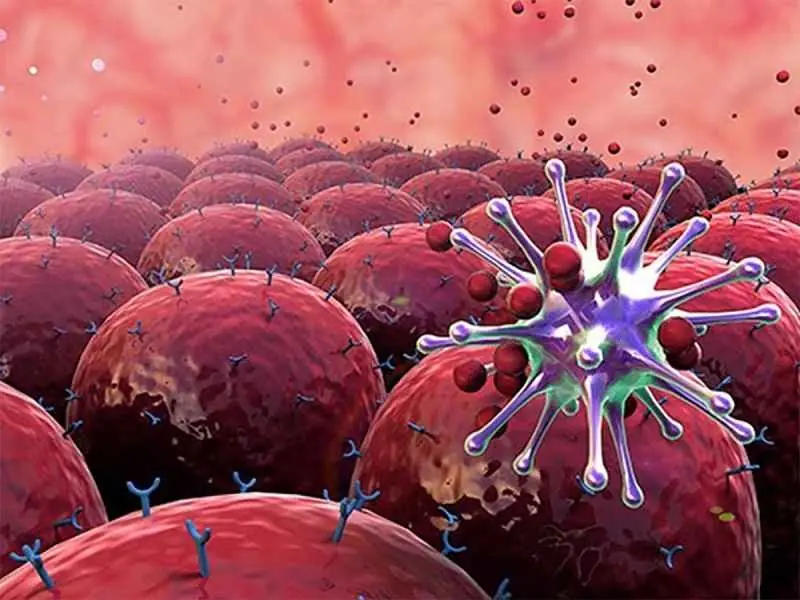
Doctor’s Warning: Early-Stage Lung Cancer Doesn’t Always Include a Cough – Watch for These 4 Unusual Signs
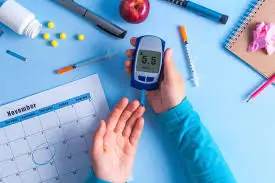
5 Early Signs of Diabetes That Many People Often Overlook

To Prevent Stroke, Remember the ‘3 Don'ts’ After Meals and the ‘4 Don'ts’ Before Bed — Stay Safe at Any Age

Scientists Warn: Most Infectious Covid Strain Yet Is Now Dominating
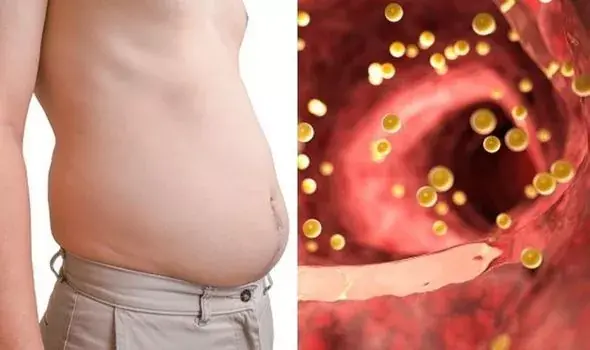
Bloated Stomach: 8 Common Reasons and How to Treat Them (Evidence-Based)
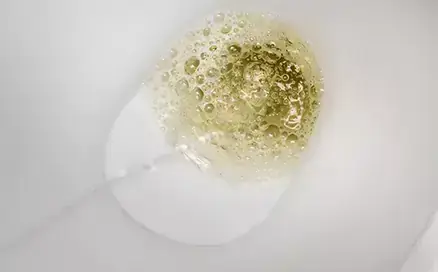
Foamy Urine: Why You Have Bubbles in Your Pee and When to Worry
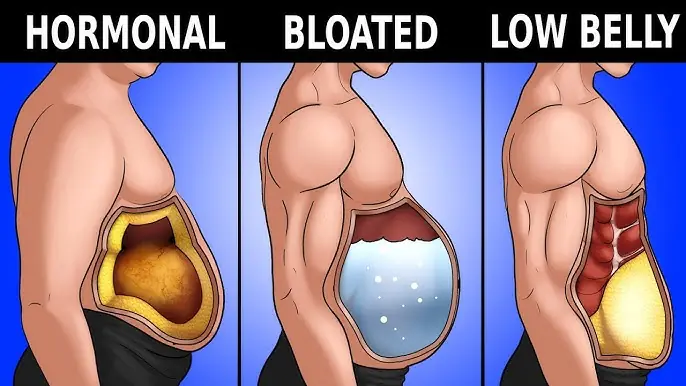
What Causes Belly Fat: Foods to Avoid and Other Key Factors
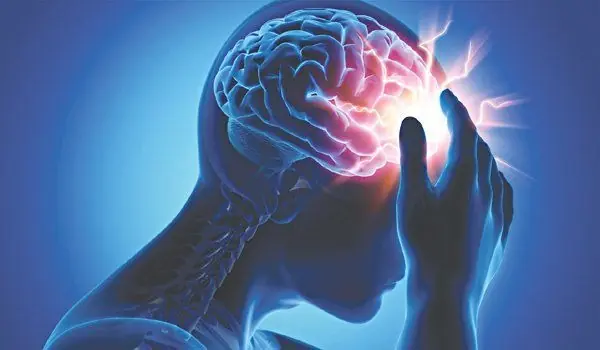
Notice These 4 Unusual Signs Before Sleep? Be Careful – They May Signal a Risk of Stroke
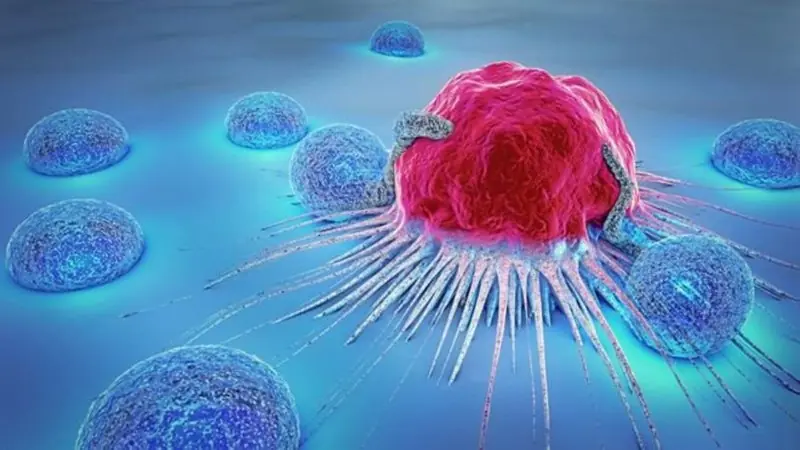
5-Year-Old Girl Diagnosed With Terminal Cancer: A Wake-Up Call for All Parents
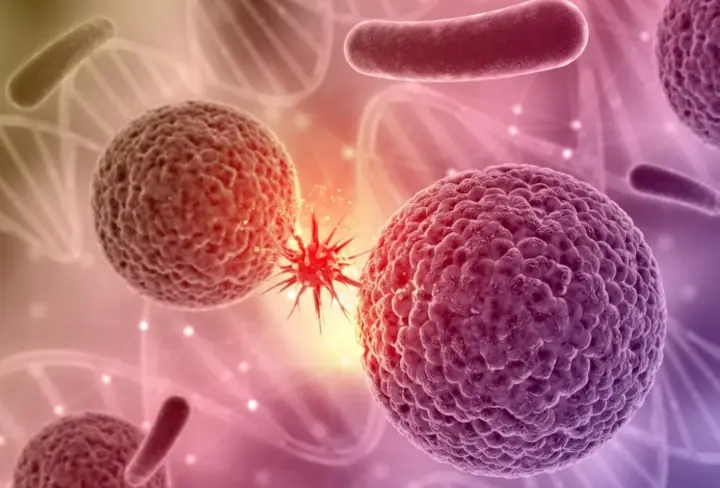
Good News: Successful Trial of Method That Destroys 99% of Cancer Cells
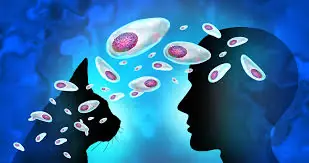
Terrifying Study: Up to 30% of Americans Could Be Infected with Brain-Impacting Parasite
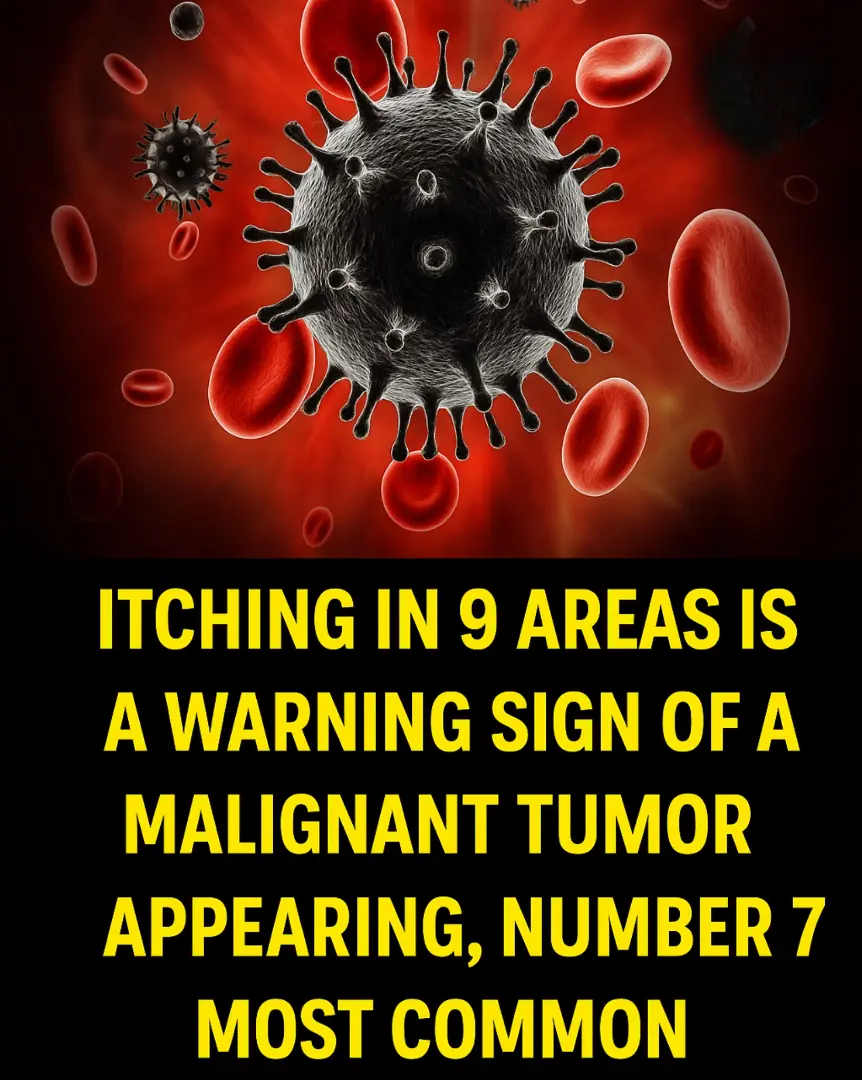
Itching in 9 Areas: A Warning Sign of Malignant Tumors, Number 7 Is the Most Common
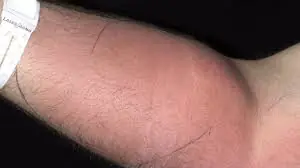
Doctor's "Deeply Concerning" Warning After Man Injects Sperm to 'Cure Back Pain'
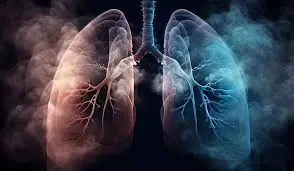
Non-Smoker Diagnosed with Lung Cancer Shares His Only 'Silent' Symptom
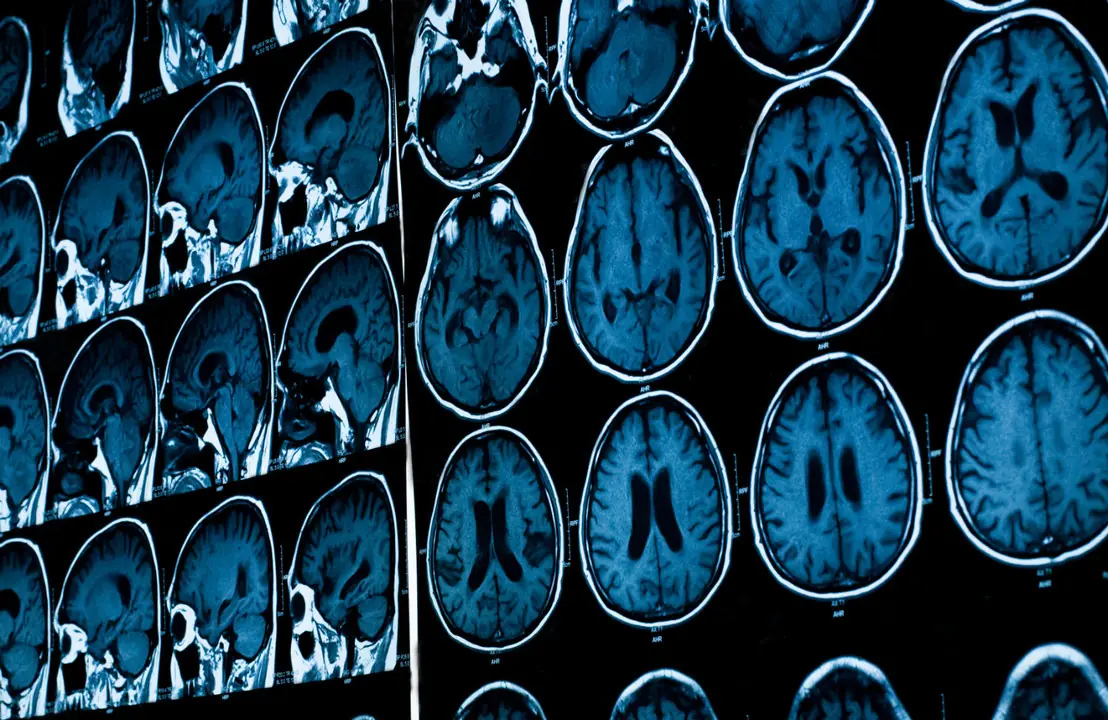
Alarming Discovery: High Aluminum Levels Found in Brains with Alzheimer's, Autism, and MS
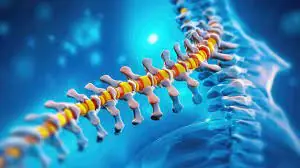
First Human Trial Launched for Stem Cell Therapy to Reverse Spinal Cord Injuries
News Post

A Missing Little Girl Who Was Featured On “Unsolved Mysteries” Has Finally Been Found
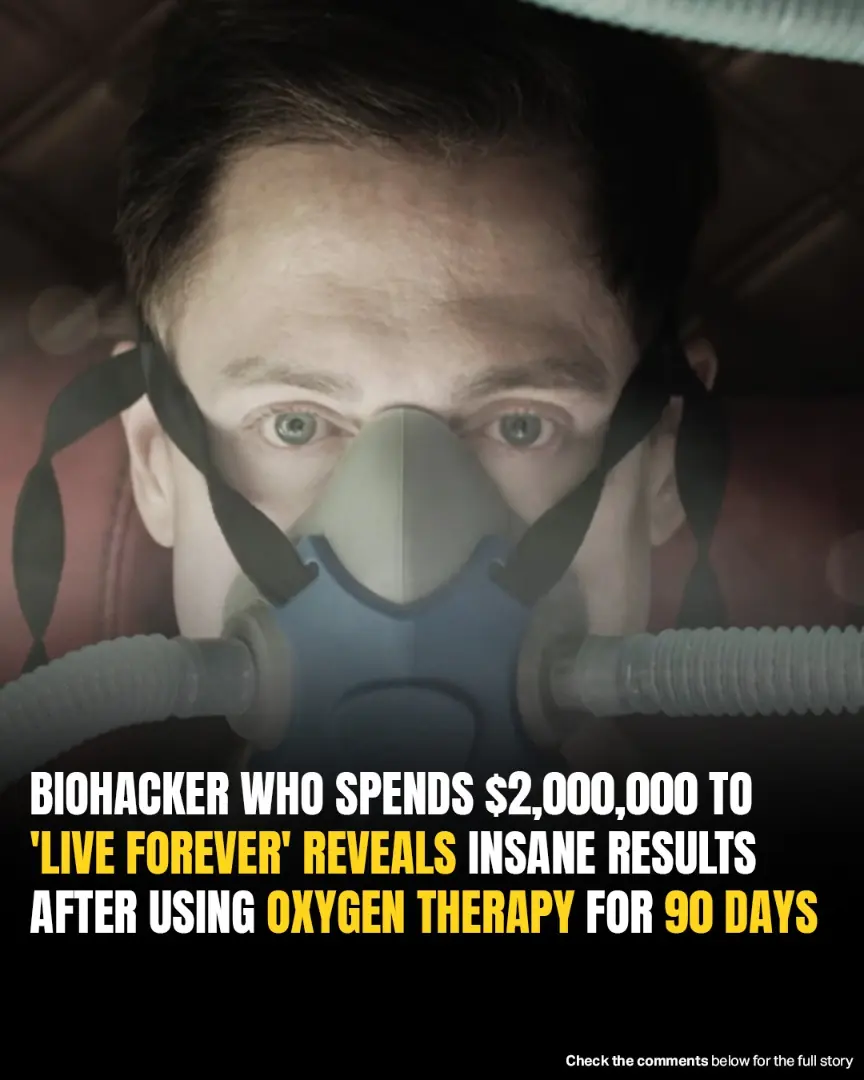
Biohacker Claims 90 Days Of Oxygen Therapy Reversed His Biological Age To That Of A 10-Year-Old

Tomato, Turmeric, and Sugar: The DIY Glow-Up Trick for Radiant Skin

7 Early Warning Signs of a Stroke – Recognize Stroke Symptoms FAST: THIS Could Save Your Life

🍃 People Love Papaya – But Most Don’t Know How Powerful Its Leaves Are! Here’s How to Use Them
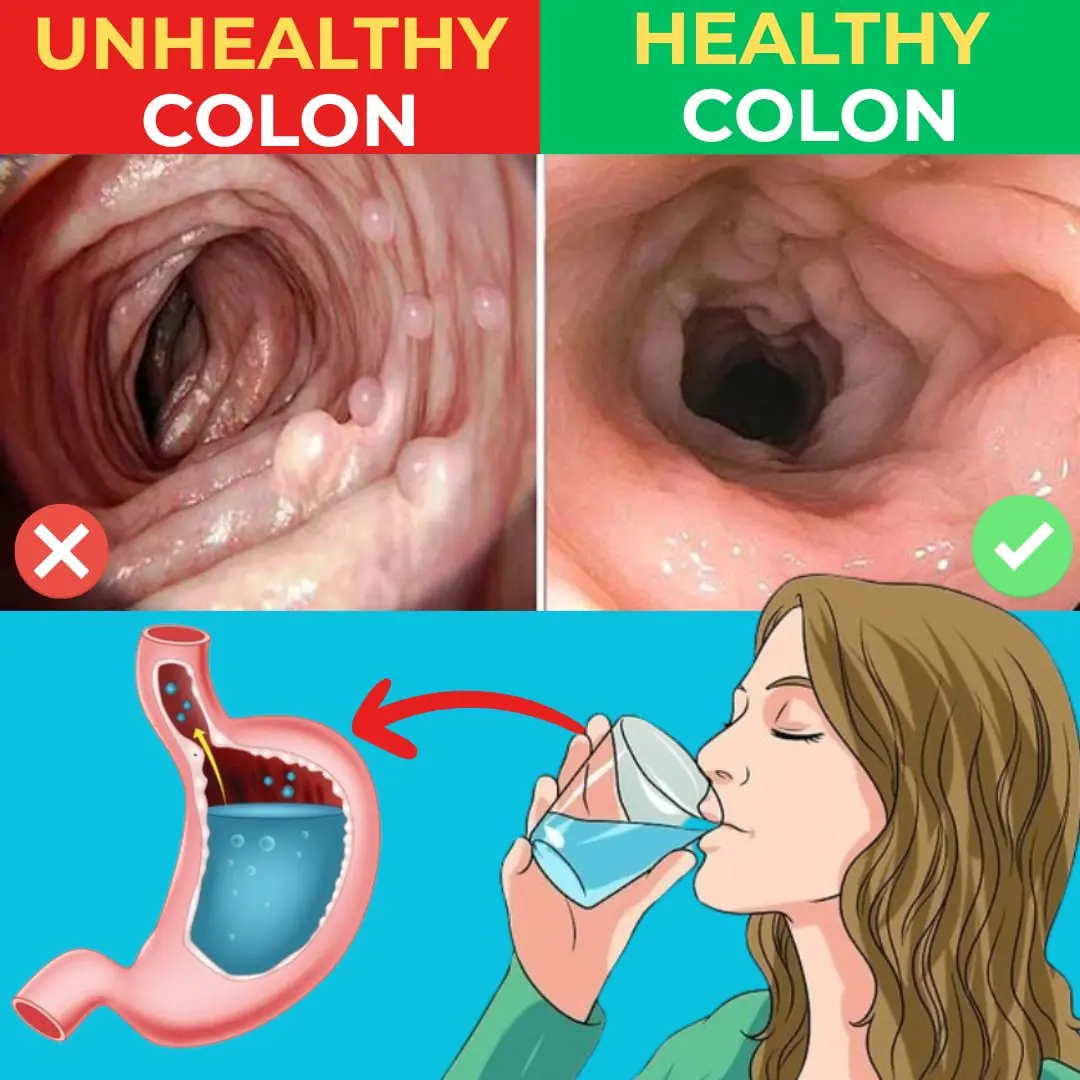
18 Lifestyle and Dietary Habits to Improve Gut Health and Digestive Issues

The Trans-Canadian Rail Route: An Iconic Journey Across Canada

Vocal Speech Observed in Wild Chimpanzees. Are Apes Evolving Into Humans?

Photograper Captures A Once-In-A-Lifetime Shot Of A ‘Horizontal Rainbow’ That Filled The Whole Sky

Scientists Discover Massive Underground Reservoir Holding 3x More Water Than All Our Oceans Combined
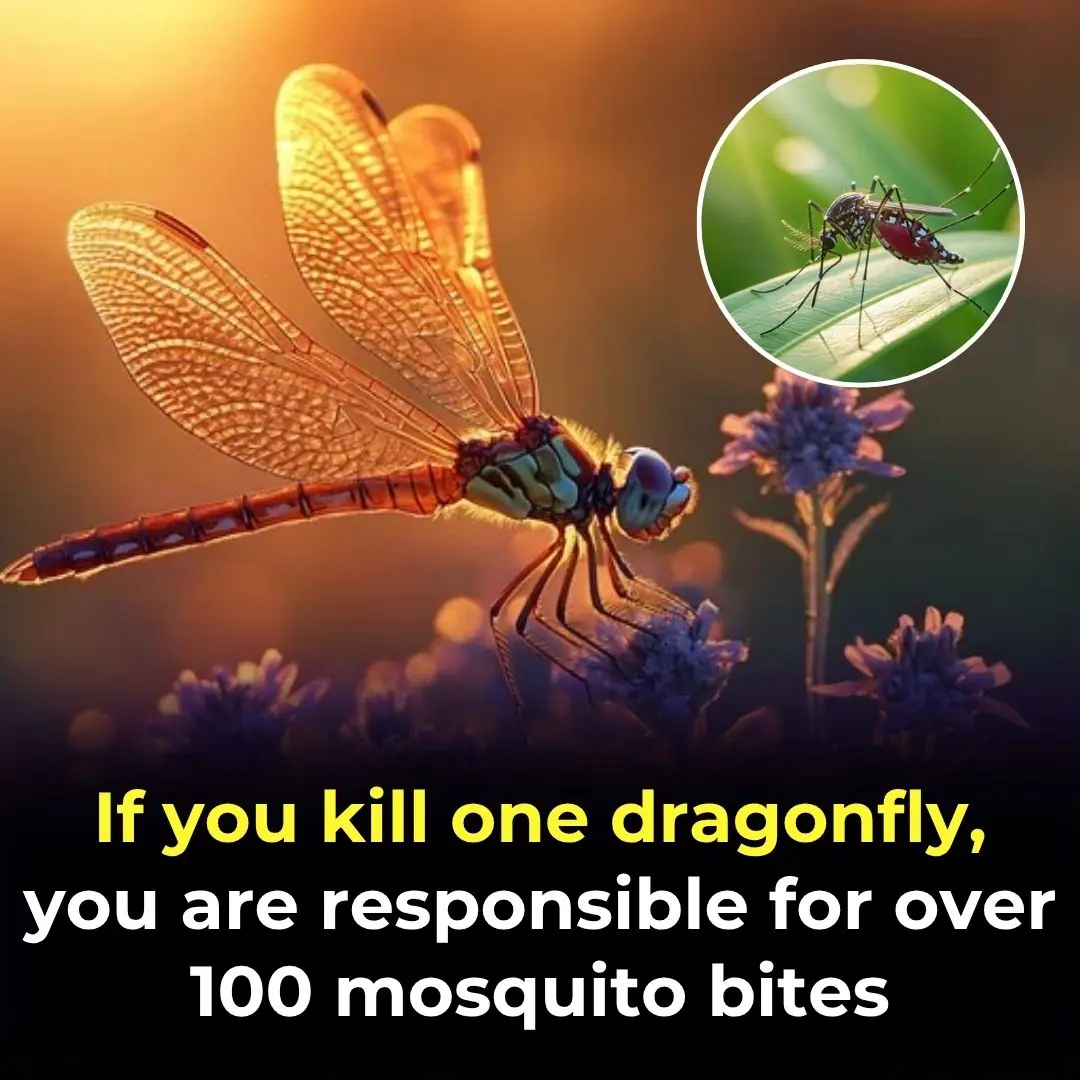
If You Kill One Dragonfly, You Are Responsible For Over 100 Mosquito Bites

Tesla Dreamed It—Now Wireless Electricity Is Closer To Reality Than Ever

Can Your Eyes Reveal Diabetes or Cancer? Don’t Miss the Signs
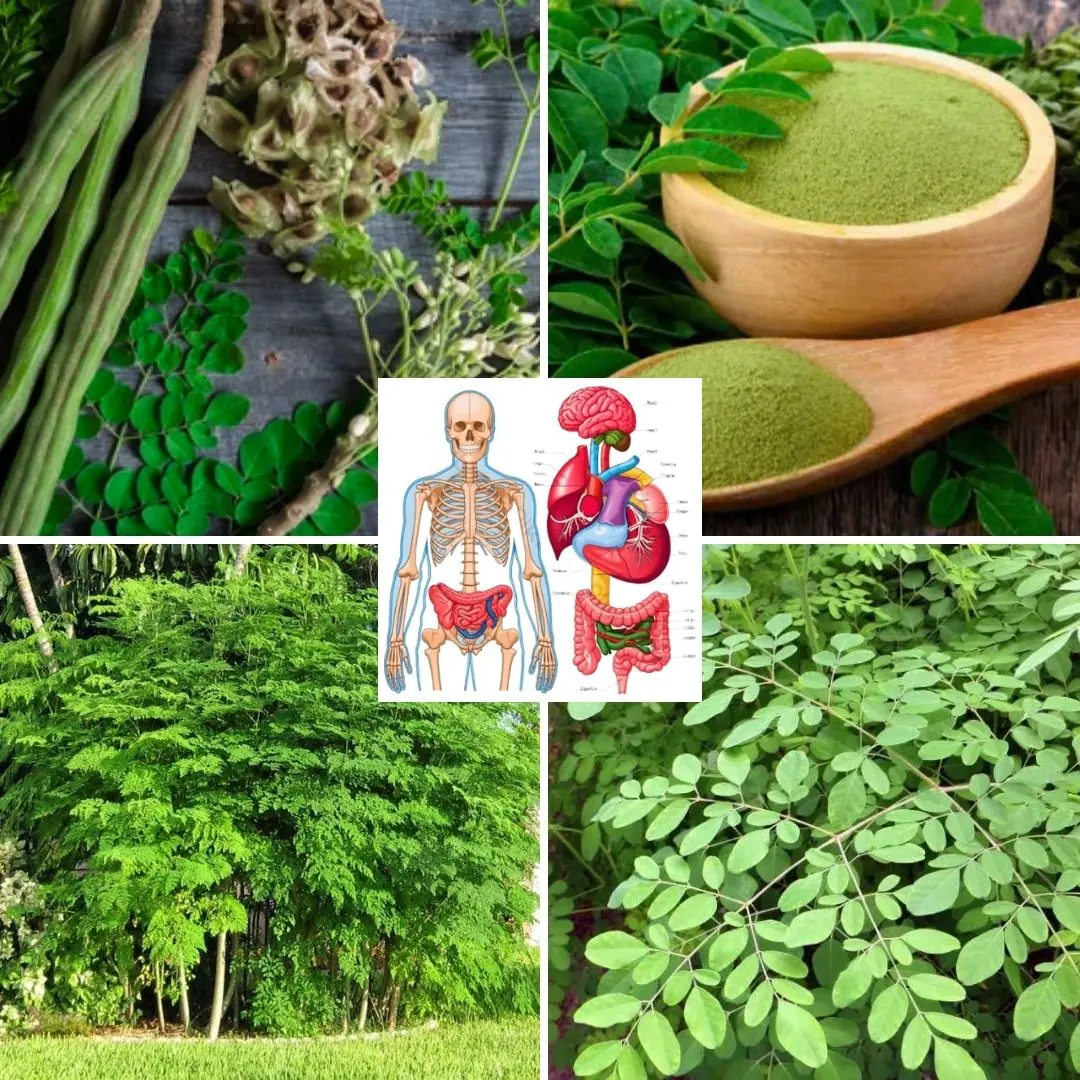
Discover The Miraculous Benefits of Moringa

Clear Signs of Kidney Failure Everyone Should Pay Attention To

Natural Drink to Support Knee Health for Seniors

5 Typical Early Symptoms of Childhood Cancer: When to Take Your Child to the Hospital Immediately
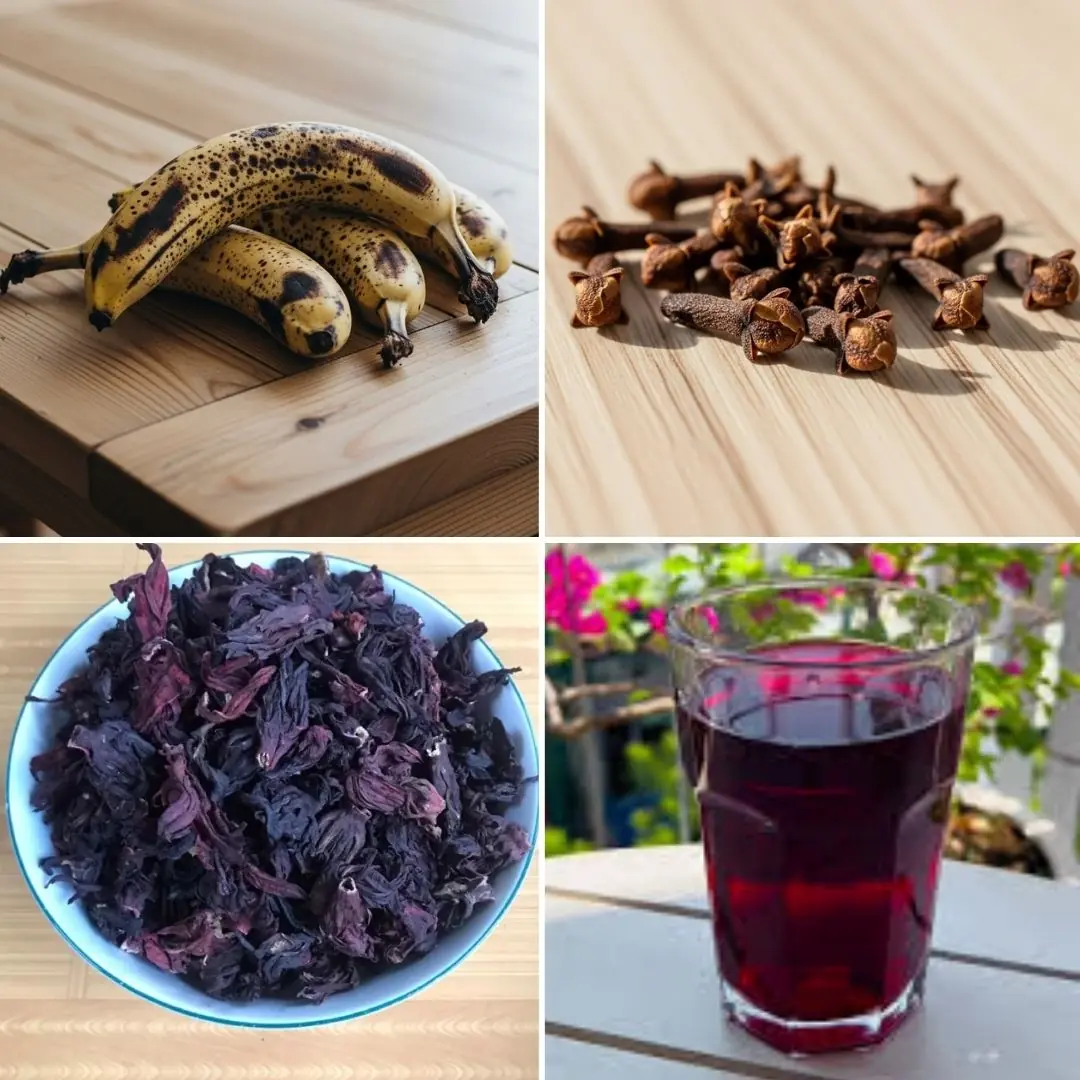
The Peel That Could Empty Hospitals: A Natural Remedy for Cancer, Diabetes & High Blood Pressure 😱👇
